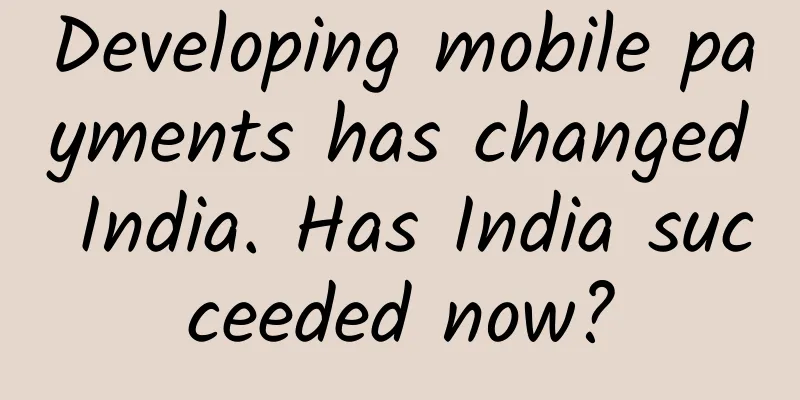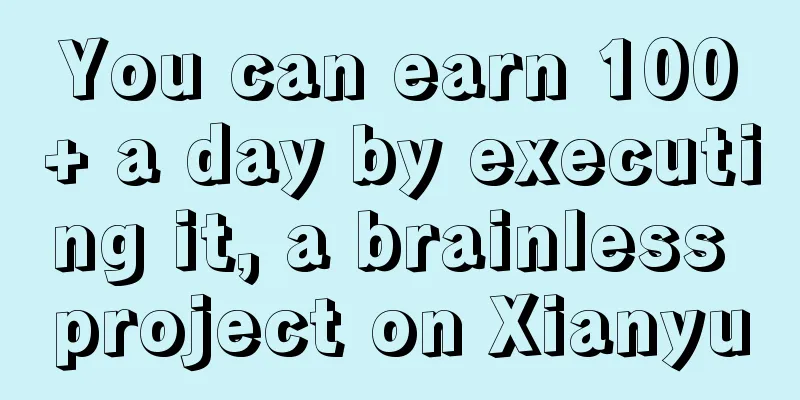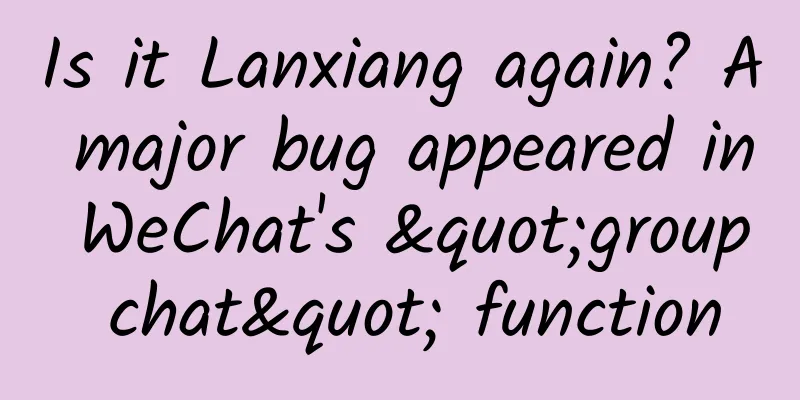Developing mobile payments has changed India. Has India succeeded now?

|
As a developing country and one of the countries with the greatest development potential today, India has lived up to expectations in recent years and its economic development has been outstanding. In 2019, India's annual GDP was 200.81 trillion rupees, equivalent to approximately 2.85 trillion US dollars, and its economic growth was 5.3%, slightly higher than the UK's 2.83 trillion US dollars in the same period. This also means that India has entered the top five economies in the world, so the rapidly developing Indian economy has brought highly inflated self-confidence to the Indian people. Regarding national development, Indians nowadays generally believe that India will be one of the world's major powers in the future, and they are highly confident and like to compare themselves with other countries. China, as the only developing country that has surpassed India, is naturally often compared with it. Indian people also frequently shout that they want to surpass China. In the eyes of Indians, there are many areas where they want to surpass China, from economy to technology, from democracy to people's livelihood. Mobile payment, which we are going to talk about today, is also one of them.
Mobile payment is a technological product derived from the rapid development of Internet technology. It refers to mobile clients that use mobile phones and other electronic products to make electronic currency payments. It effectively combines the Internet, terminal equipment, and financial institutions to form a new payment system. Such a payment system is not only capable of conducting monetary payment transactions, but also, with the help of Internet technology, is responsible for various people's livelihood activities, such as paying for living expenses such as telephone bills, gas, water and electricity. Therefore, after the development of mobile payment, what has changed is people's living habits. Take China for example. China is now the world's largest mobile payment market. According to statistics, the transaction volume of China's mobile payment market reached 27.74 trillion yuan in 2018. In 2019, the penetration rate has reached 86%. The changes it has brought to China are unimaginable. From an economic point of view, mobile payment has promoted the rise of e-commerce, logistics and express delivery, and takeout markets. Nowadays, Chinese people can shop online and order takeout by just moving their mobile phones. After so many years of development, China's industries in these fields have transformed into the driving force for China's economic development. It promotes the development of China's endogenous market and allows consumption to drive economic development. It creates a large number of jobs and provides a place for the huge labor market to absorb. From a technological perspective, mobile payment has promoted the development of China's Internet technology. In today's China, blockchain technology has reached the forefront of the world. It is an important breakthrough in independent innovation of core technologies and is driving the development of China's information technology. Secondly, it has also made Chinese people begin to refuse to use paper money and coins, promoting overall social efficiency, narrowing the gap between the rich and the poor, and making social production more convenient and faster. Mobile payment has brought many changes to China. It is undeniable that it is an important foundation for China's economic miracle. So after seeing China's success, India, like other countries, naturally began to learn from China to develop mobile payments. It is a recognized fact that India is now entering a cashless society. What is unexpected is that India's performance is much better than that of Europe and the United States. According to data from the Bank for International Settlements in 2018, India's digital transactions increased by 55% year-on-year, making it one of the fastest-growing countries in mobile payments in the world. In 2019, India's mobile payments grew by 163% again, reaching $287 billion, surpassing the United States in market size. This achievement deserves praise, because India's environment for developing mobile payments is relatively poor. People in this country still don't have ID cards. So how did India develop mobile payments without ID cards? This requires mentioning India's unique mobile payment model. The environment in India is not as good as that in China, which is mainly reflected in several aspects. The first is the payment standard. As we all know, India is composed of states, but the communication between such states is not as good as that between provinces in China. Each state is very independent and has its own personality. For example, the standards for communication charges, water and electricity charges are all different. The same is true for transaction standards between banks. There are many bank brands in India. In the past, if Indians wanted to transfer money across states, the procedures were cumbersome and the fees were relatively high. Secondly, as mentioned above, Indians do not have ID cards because there is no sound privacy law and ID card system. In the early years, Indians could only use passports, driver's licenses and other documents as identification. However, among the 1.3 billion Indians, more than half of the population do not have documents. This led to the fact that few people in India had bank cards, and banking services were difficult to enter the people's livelihood. But more importantly, identity proof is the core of blockchain technology. Without it, mobile payments cannot guarantee security and privacy. However, even in such an environment, India has still developed it. It has to be said that India's software industry is really strong. India has solved all these unfavorable environments for mobile payments with its software industry. Specifically, in terms of the model, India's mobile payment adopts the UPI model. Under this model, UPI, as a mobile device, is an instant real-time payment system launched by the Reserve Bank of India in 2016. You can think of it as a transit station, with 1.3 billion Indians connected on one end and banks of different standards in India on the other. Smartphones serve as a bridge to connect the two, allowing Indians to use smartphones for instant bank transfers. This model is very mature. As of 2019, the transaction volume of the UPI port has reached 19 billion US dollars, and it has even been praised by Bill Gates. Many Indians are proud of it and claim to be more successful than China. Another point about identity authentication is the biometric information database launched by India after 2009. Simply put, although Indians do not have ID cards, their fingerprints or iris information will be entered into the national database. Based on this database, India launched a unique identity recognition program, which is Aidahar. Everyone has a 12-digit identity recognition verification code, which is an important credential for mobile payments. Through this number, the government can also remit some pensions, relief funds, employment support and other benefits to the bank account bound to this number. Objectively speaking, India should be praised for accomplishing such a difficult task. However, although India has good ideas and its market is developing rapidly, its performance is still far behind that of China. In 2018, the average Indian made only 18 mobile payments per year. In China, many people use mobile payment services much more frequently in a week. The reason for this is still the low level of economic development in India and the gap between the rich and the poor. India develops mobile payments to use digital platforms to bridge the gap between genders, income and education, but this gap is beyond the expectations of Indians. According to a 2014 World Bank report, India has at least 350 million people with a daily living cost of less than $1.25. Mobile payments require smartphones and a certain amount of savings. Low incomes make it difficult for such mobile payments to become popular among poor people in India. Secondly, India's economic situation is polarized. Mumbai, Delhi, Chennai and Kolkata are economic centers, but other cities are less developed. Therefore, the mobile payment market is mainly concentrated in developed cities. Taking the e-commerce market as an example, India's e-commerce market is not yet mature. The transaction volume in 2018 was US$19.5 billion. It is mainly located in four major cities and serves 3% of the country's population. In this case, how can mobile payment enter every household in India? India's economy was hit hard in 2020 and is expected to be thrown out of the list of the world's top five economies. The economic contraction will make it more difficult to popularize mobile payments in India. Therefore, even if India claims that its model is better than China's, there is still a huge gap between India's performance and China. It seems too early for India to surpass China. |
>>: WeChat Search Launches “Service Navigation Page”
Recommend
50 most useful open source mobile tools
[[126878]] [51CTO Translation] This article lists...
Unveiling the promotional activities of mainstream e-commerce platforms!
Nowadays, there are more and more e-commerce acti...
Marketing promotion: How to refine product selling points?
Distilling selling points is the key to selling a...
Emotional Helmsman: Be the Master of Your Emotions Baidu Cloud Download
Emotional Helmsman: Be the Master of Your Emotion...
Guangzhou server rental configuration price list?
Guangzhou server rental configuration price list?...
What is the typical down payment for a house? What is the down payment for the first home?
What is the typical down payment for a house? Thi...
A new feature of Douyin information flow is launched, come and unlock new postures~
As short videos have become an important tool for...
Tik Tok operation planning program for real estate industry!
1. Industry Background As we all know, in the tra...
Solid info! 3 tips for landing page optimization!
This article introduces in detail a complete set ...
Top 10 Marketing Keywords in 2020
Looking back at 2020, although affected by the ep...
Why hasn’t the fourth pole of China’s Internet emerged besides BAT?
[[167279]] Once upon a time, when we talked about...
Where is the most effective place to place the Wenchang Tower in 2020?
In life, we see some families placing the Feng Sh...
How to build a user tag system from 0-1?
With the disappearance of traffic dividends, the ...
Yinchuan WeChat ordering software mini program, how much does the WeChat mini program for ordering food cost?
Everyone is familiar with WeChat mini-programs . ...
How to modify personal information in Douyin Qualification Center? How to modify the Douyin Qualification Center
As we all know, if you want to open a store, you ...









